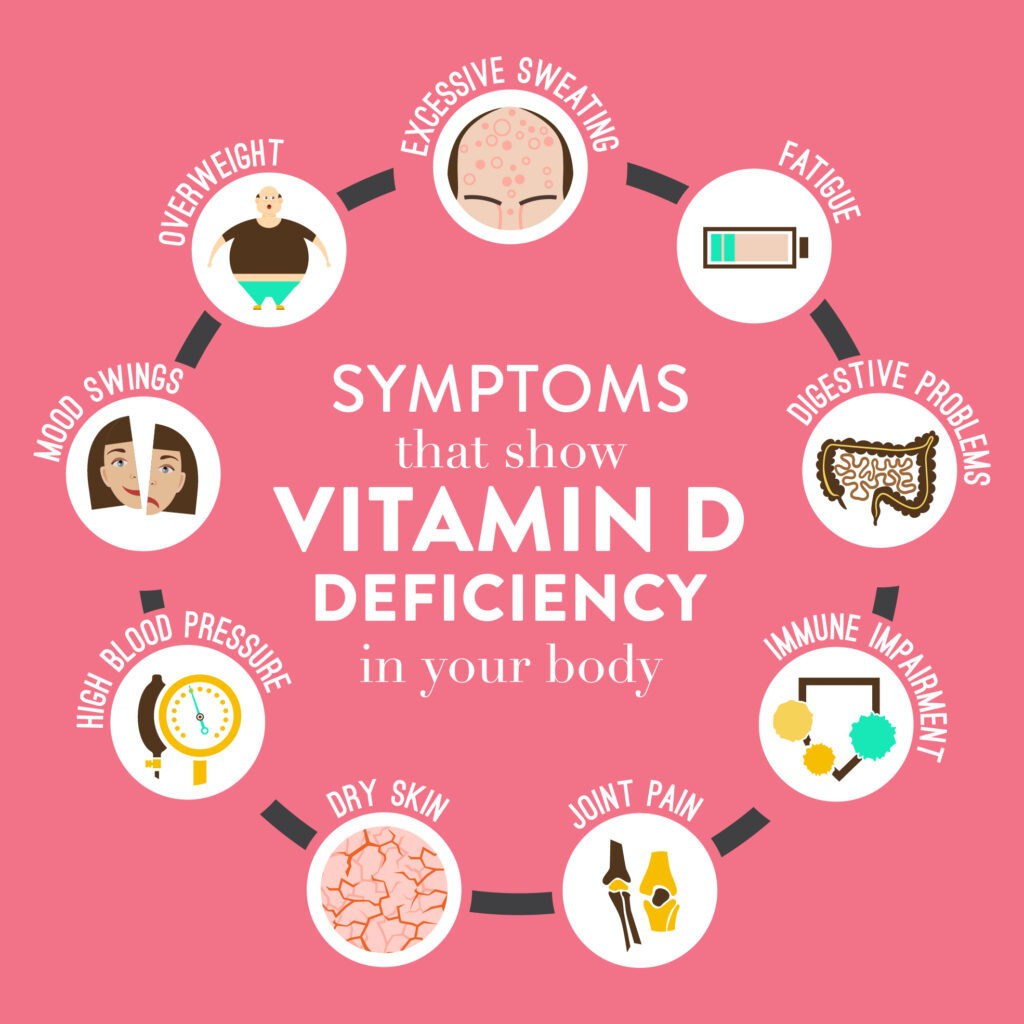Vitamin deficiencies are a silent yet significant health concern affecting many individuals in the United States. Despite the abundance of food choices, several vitamins are commonly lacking in the average American diet. Understanding the Most Common Vitamin Deficiencies in the USA is essential to maintaining optimal health and preventing related diseases.

One of the most widespread vitamin deficiencies in the USA is vitamin D deficiency. Vitamin D plays a crucial role in bone health by helping the body absorb calcium. Many people in the country, especially those living in northern regions with less sunlight exposure, struggle to maintain adequate vitamin D levels. Factors such as indoor lifestyles, sunscreen use, and limited dietary sources contribute to this deficiency. Recognizing vitamin D deficiency as one of the most common vitamin deficiencies in the USA is vital since it can lead to bone disorders like osteoporosis and increase the risk of chronic illnesses.
Another frequently observed deficiency is that of vitamin B12. This vitamin is essential for nerve function, DNA production, and red blood cell formation. The most common vitamin deficiencies in the USA often include B12, particularly among older adults, vegetarians, and individuals with absorption issues like pernicious anemia. Since vitamin B12 is primarily found in animal products, people on plant-based diets are at higher risk. Awareness of vitamin B12 deficiency is critical, as it can cause fatigue, memory problems, and neurological complications if left untreated.
Iron deficiency, often linked with vitamin-related issues, is also a prominent concern in the USA. While iron itself is a mineral, its absorption is heavily influenced by vitamins such as vitamin C. Iron deficiency anemia is one of the most common nutrient deficiencies in the country, and it often coexists with inadequate vitamin intake. Understanding iron deficiency alongside the most common vitamin deficiencies in the USA highlights the importance of balanced nutrition that includes both vitamins and minerals to prevent anemia and associated symptoms like weakness and dizziness.
Folate, or vitamin B9, deficiency is another important aspect when discussing the most common vitamin deficiencies in the USA. Folate is crucial for DNA synthesis and repair, and it plays a significant role in pregnancy for preventing neural tube defects in newborns. Despite fortification of certain foods with folic acid, some populations, including pregnant women and those with poor dietary habits, still experience folate deficiency. Monitoring folate levels as part of understanding the most common vitamin deficiencies in the USA can help reduce risks of birth defects and anemia.
Vitamin A deficiency, although less common in developed countries, still appears in certain at-risk groups in the USA, such as those with malabsorption conditions or very restricted diets. This vitamin is essential for vision, immune function, and skin health. Identifying vitamin A deficiency as part of the broader conversation on the most common vitamin deficiencies in the USA is important because it helps clinicians address issues related to vision problems and weakened immunity.
Vitamin C deficiency, though rare in the general population due to its availability in many fruits and vegetables, remains a concern for some vulnerable groups. Chronic vitamin C deficiency leads to scurvy, characterized by fatigue, gum disease, and poor wound healing. This condition underscores the significance of vitamin C in the discussion of the most common vitamin deficiencies in the USA, especially among smokers, older adults, and those with limited access to fresh produce.
The root causes of these most common vitamin deficiencies in the USA are multifaceted. Dietary habits, socioeconomic status, health conditions, and lifestyle choices all contribute. For example, individuals with restrictive diets, chronic illnesses, or limited sun exposure are at a higher risk. Public health initiatives aimed at educating people about nutrition and encouraging balanced diets are critical in addressing these deficiencies nationwide.
Supplementation and dietary adjustments can effectively combat the most common vitamin deficiencies in the USA. For instance, vitamin D supplements and increased exposure to sunlight can improve vitamin D status. Vitamin B12 injections or supplements are often necessary for those with absorption difficulties or strict vegetarian diets. Similarly, consuming a variety of fruits, vegetables, and fortified foods can help prevent folate and vitamin C deficiencies.
Regular health check-ups that include screening for these most common vitamin deficiencies in the USA can help detect problems early and prevent complications. Physicians often recommend blood tests for vitamin levels in patients who show symptoms like fatigue, weakness, or neurological issues. Early detection and treatment are key to restoring health and avoiding long-term consequences.
In conclusion, the most common vitamin deficiencies in the USA represent a significant public health concern that affects a wide range of people. Awareness and education about these deficiencies—such as those involving vitamins D, B12, folate, A, and C—are essential for prevention and treatment. By addressing these nutritional gaps through diet, supplementation, and lifestyle changes, individuals can improve their overall well-being and reduce the risk of related health issues. Maintaining a balanced intake of vitamins is crucial for optimal health in the modern American lifestyle.